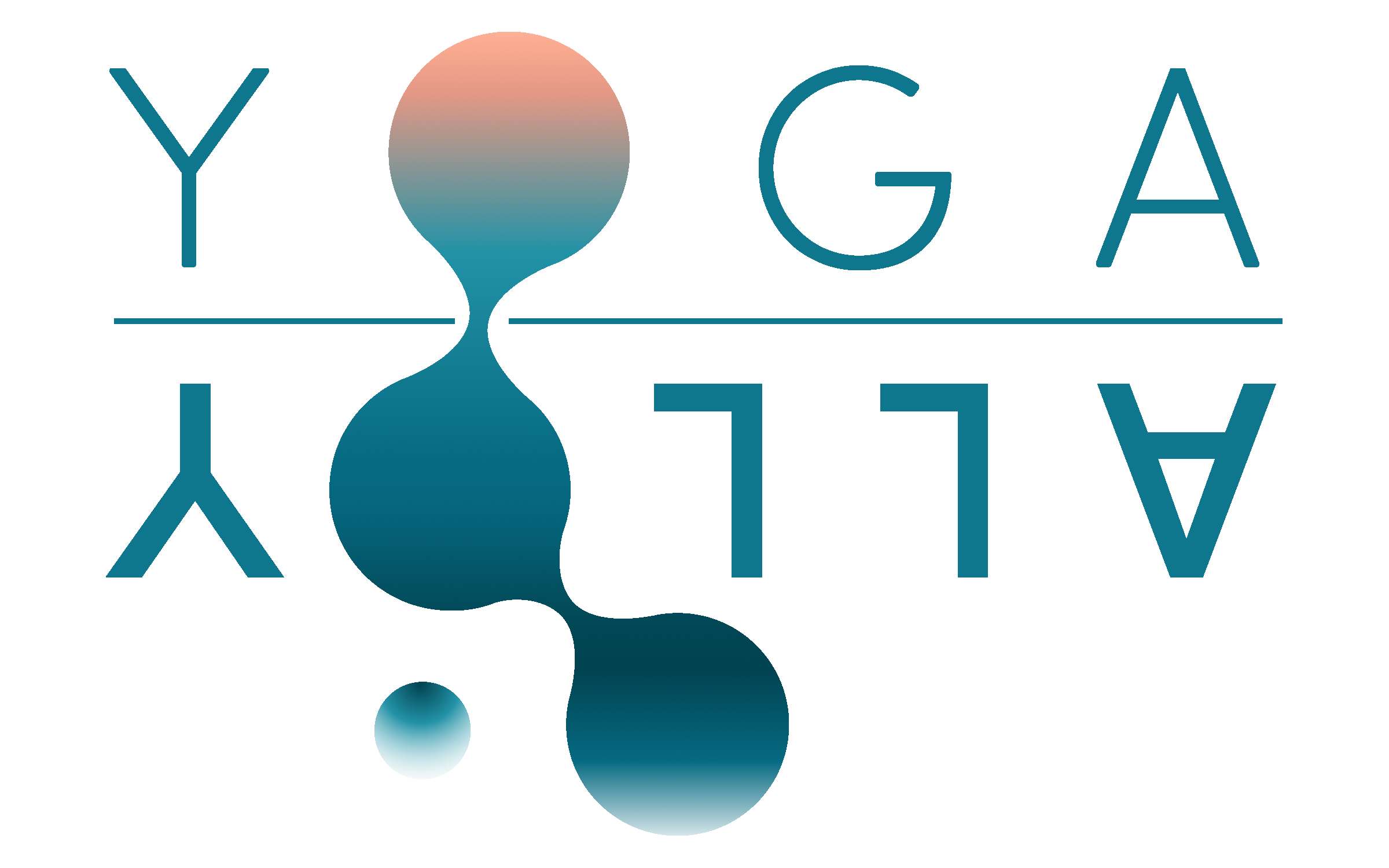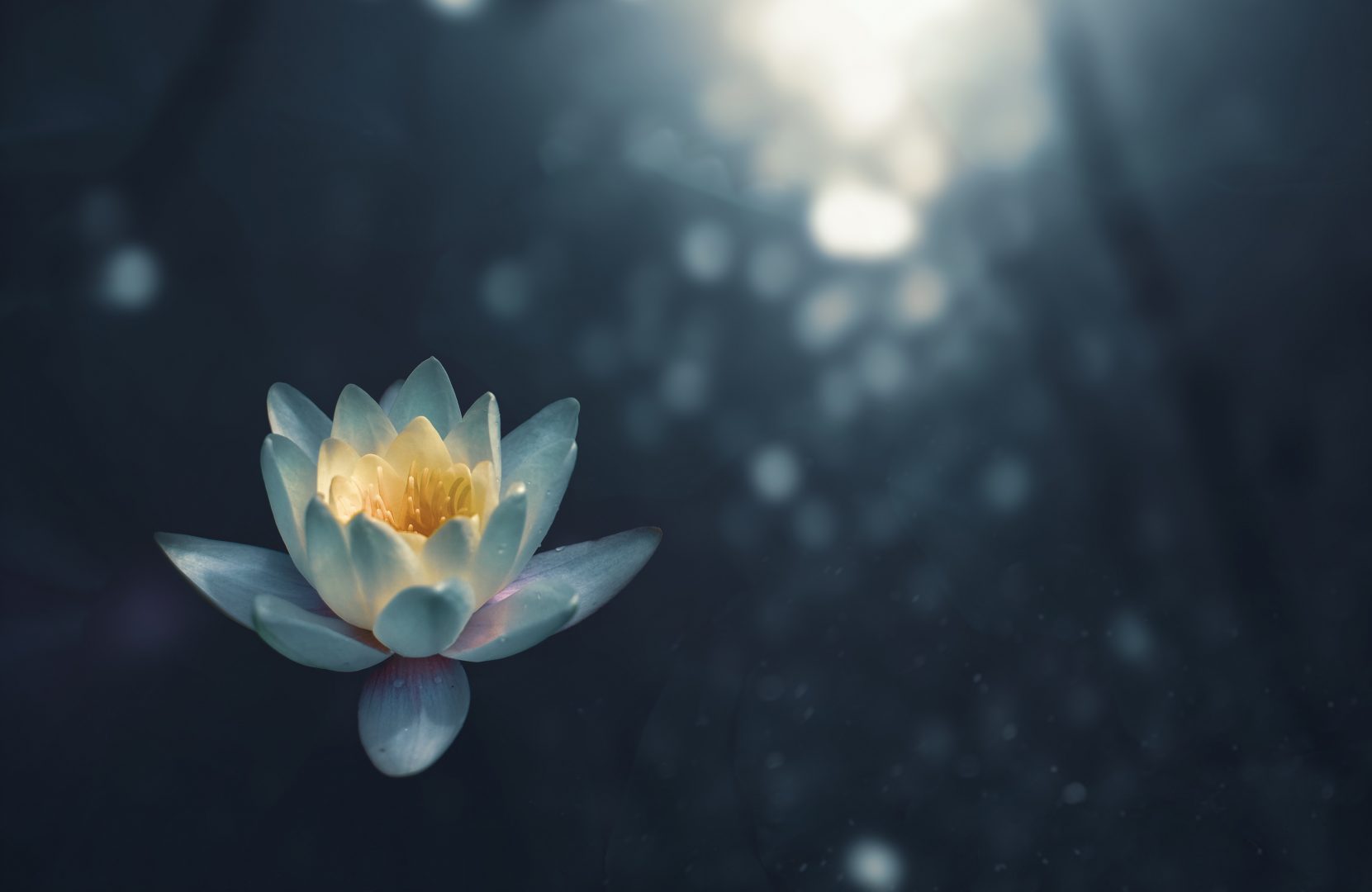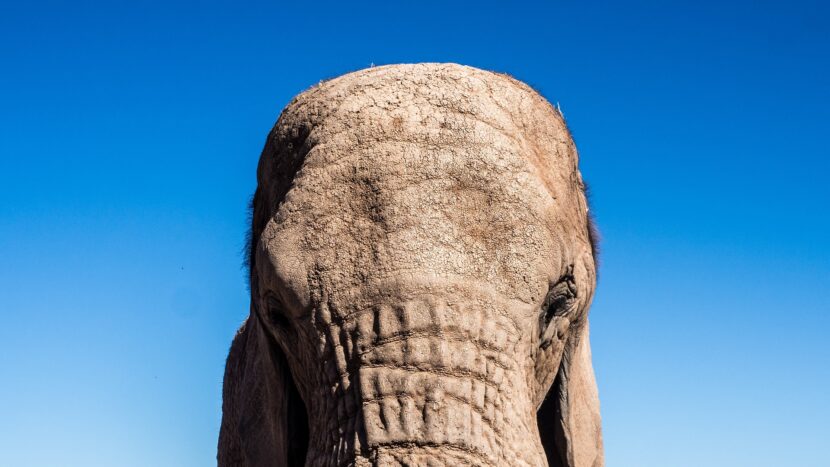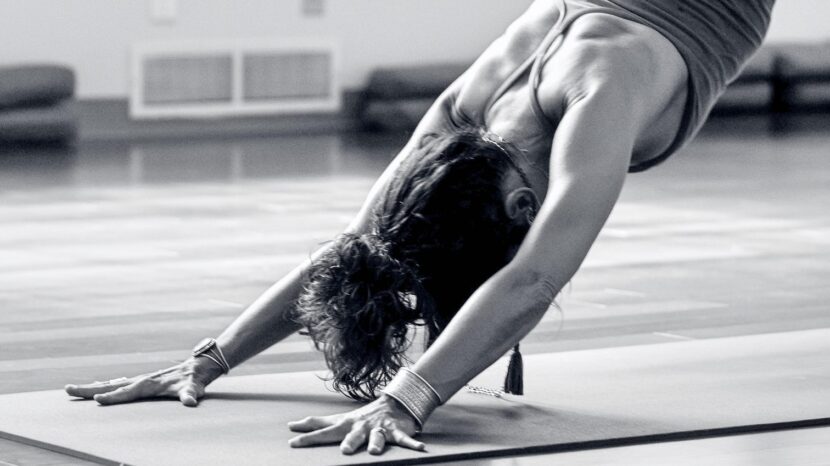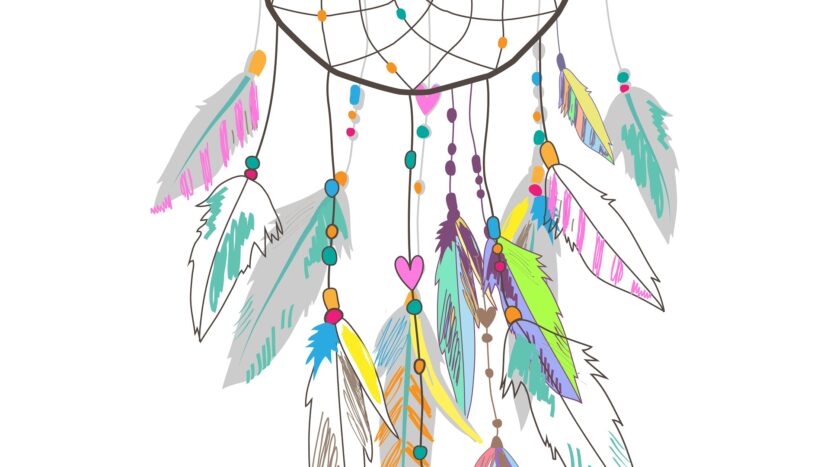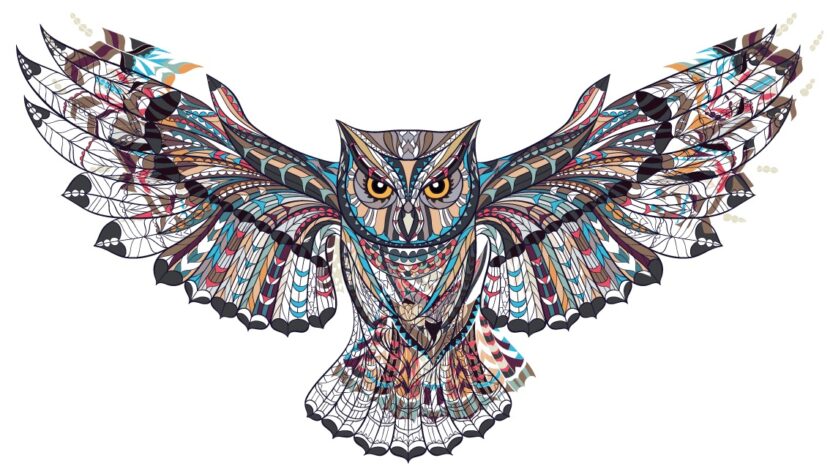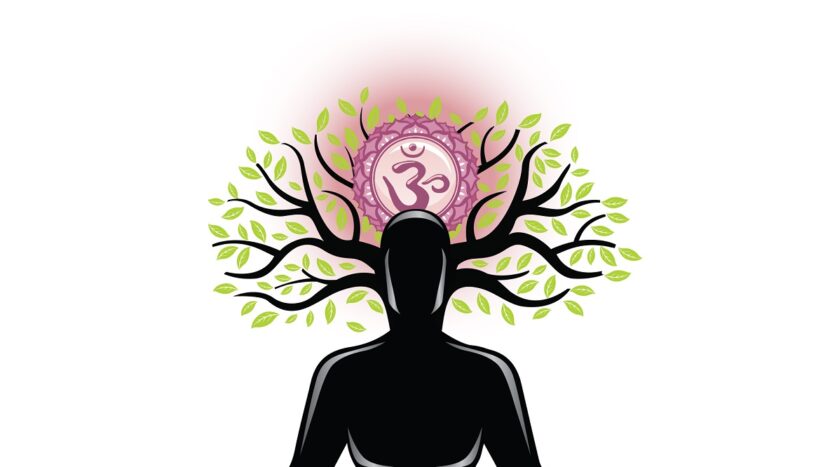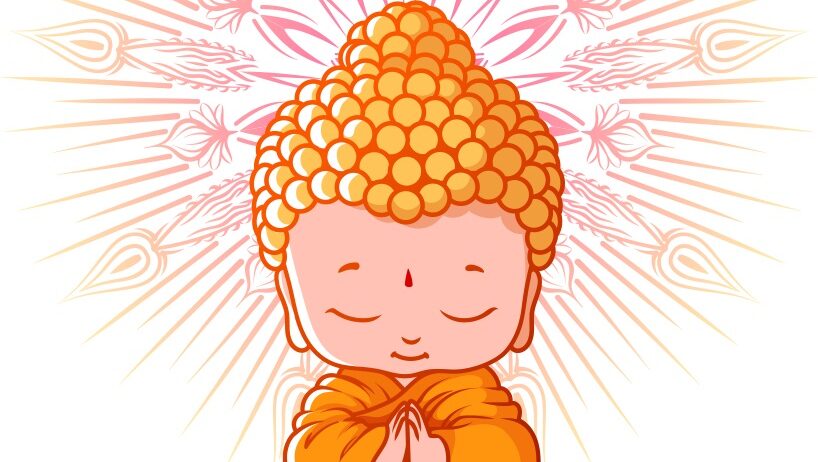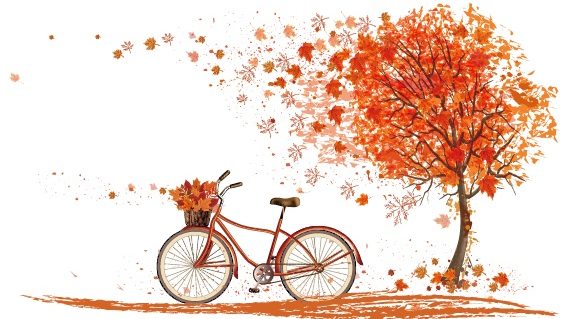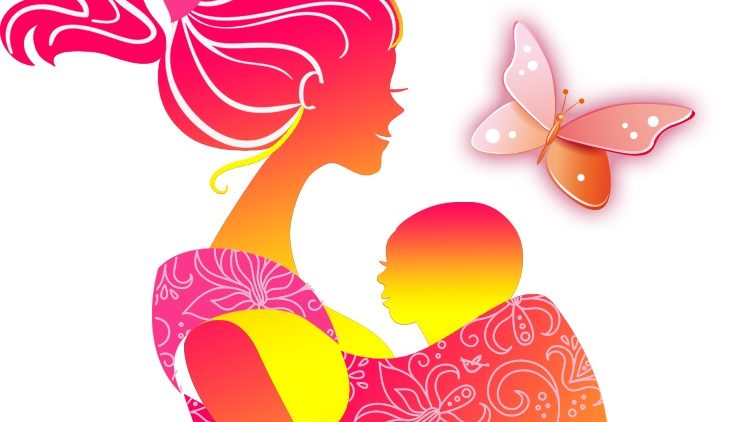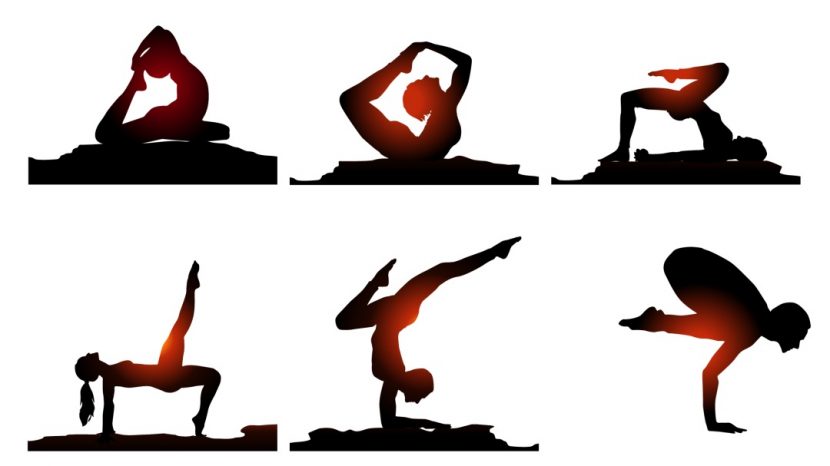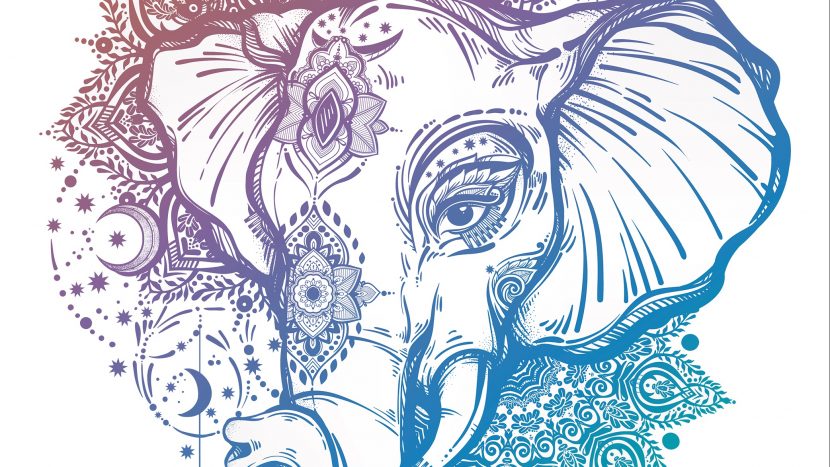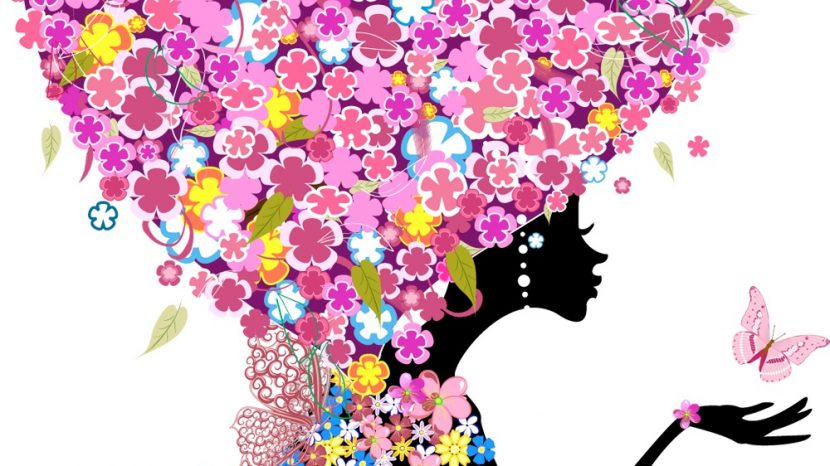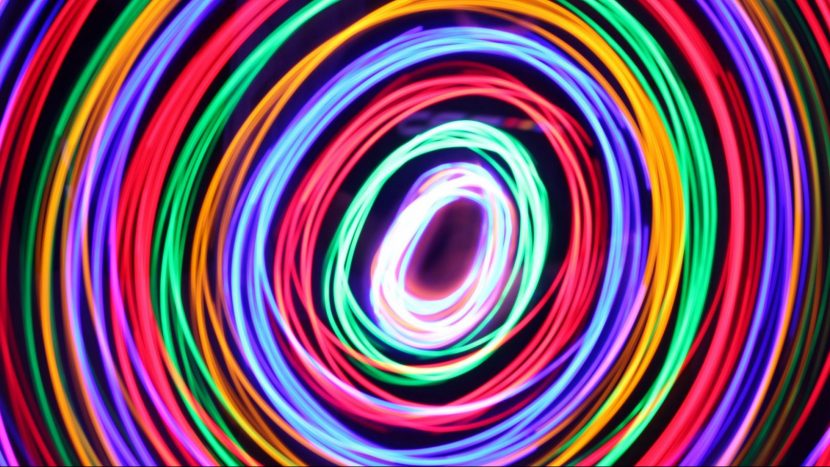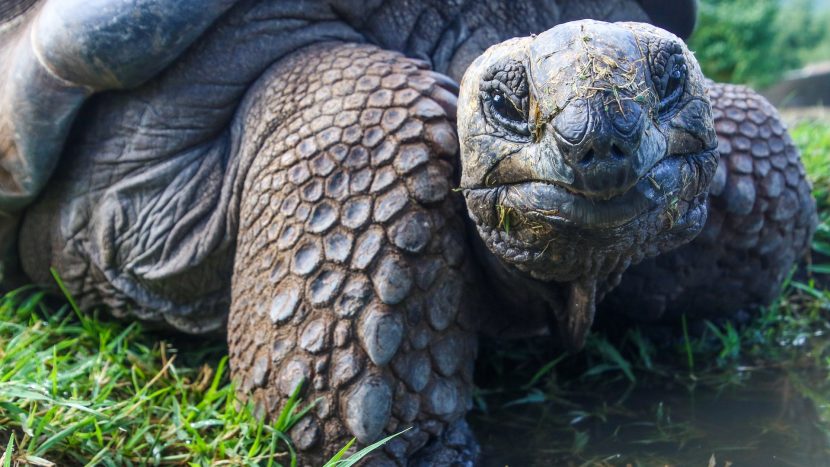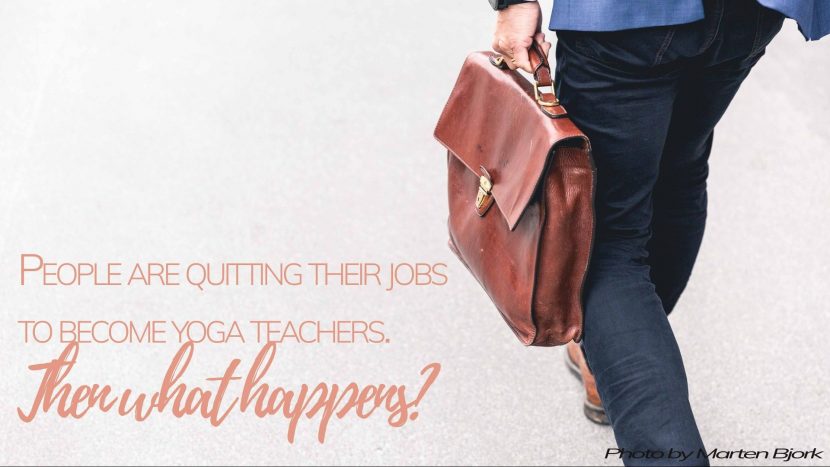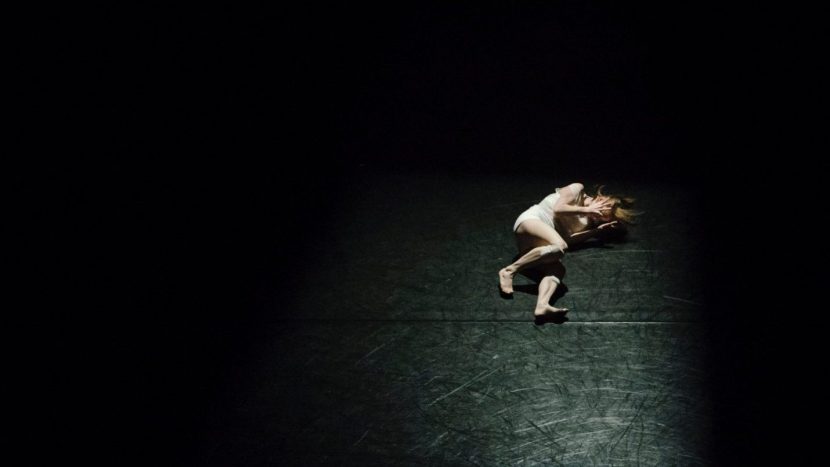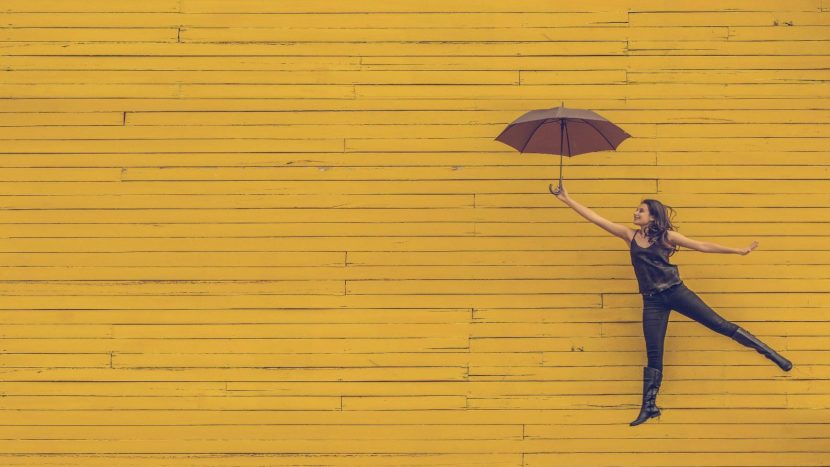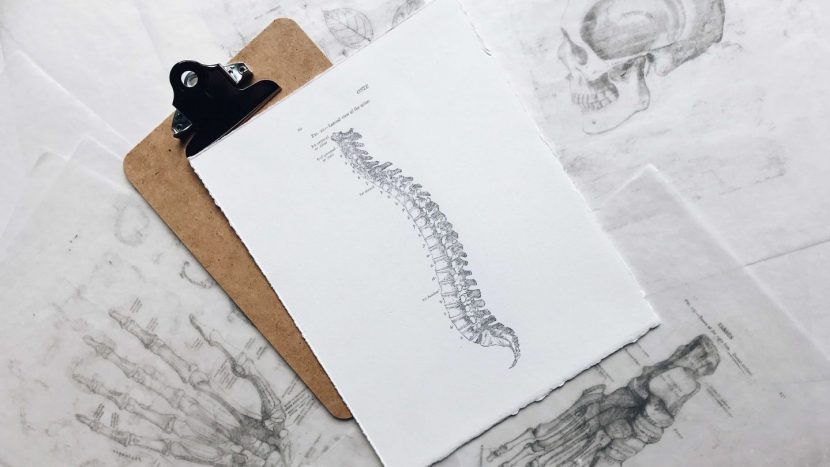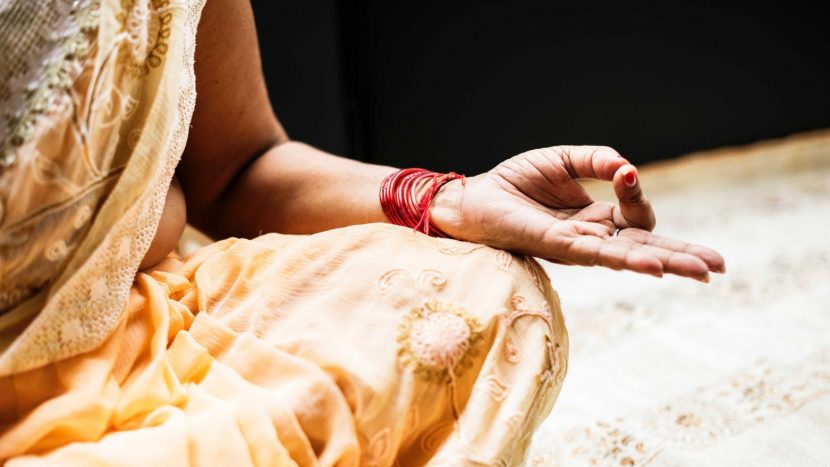Anything particular in your mind?
We come into a world where power is predefined. The powerful people of our planet have a lot of money and a lot of control.We live under the illusion that the more you possess, the stronger you are. That is not true. The more you possess the more you have to lose…
Mantras are the sacred syllables/words. They are imbued with the pure resonance of the Sanskrit language and thousands of years of energetic investment of dedicated yogis. So they are some potent syllables.
So the question is how to use them?
Chakras and Koshas are two very widely used terms in the popular yoga world. Everybody is talking and writing about them. Yet the information we find online is usually confusing or non-practical. Let me clarify some aspects of Chakras and Koshas and explain how they relate to each other.
As I have mentioned in a previous article titled ‘ Where is consciousness`, yoga does not limit the location of consciousness to the physical mind.
You need to answer two questions honestly to know if you are ready to begin yoga:
1. Can you breathe?
2. Do you want more from life and yourself?
If you answer these two questions ‘yes’, then you are ready to begin yoga. There are no other prerequisites.
For a beginner yogin, one of the most remarkable things in a yoga class is the breath. The yoga instructor tells you when to breathe in and out almost the entire session. The whole class inhales and exhales together. This is when the magic begins to happen. This is why also one of the reasons why I love studio classes more than private or online ones…
This article is for those who very rarely remember their dreams. Or for those who are in the phase of their lives that they have almost no dream recall.
It is now common knowledge that we all have dreams every night. When you wake up thinking that you did not dream last only means you do not remember them. You may believe that you will be just fine without the non-sense of dreams. Dreams speak the language of the unconscious mind…
Eastern and western thought traditions have very different understandings of consciousness. The answer both traditions would give to the question ‘where is the consciousness?’ is also quite distinct. The difference between the answers portrays their particular ways of tackling questions about consciousness.
In Western thought, consciousness is in mind.
Samadhi is the final limb of the eight-limbed path of Yoga (Ashtanga). The other seven limbs include ethical guidelines, prana control, asana mastery, concentration, etc. Although most yoga literature lists the eight limbs of yoga in the same order, the yogin does not have to follow that order. You do not have to master one limb and then move to the next one. Everyone has a unique way of tackling them. But the last one, Samadhi, definitely requires mastery of the other seven limbs.
I have been working on embracing my moon cycles after years of heavy cramps. Then I read about this idea of looking forward to my next period. That idea made me realize that I still had so much to do until I genuinely embrace my bleeding…
I hope, now, it is common knowledge that yoga’s goal is not doing a handstand or any other Asana. Asana is just the seat for meditation. Meditation is the ultimate yogic practice. Yoga is all about consciousness.
Yoga gives us tools to alter our mental state to break our limitations to the point that we are limitless.
Ahimsa (non-violence) is probably the most fundamental practice for yogis. In this article, we will discuss why and how you can empower yourself by practicing Ahimsa.
Yoga Sutras are one of the…
For long years I had a skeptical look towards this idea of reincarnation. Yogic scriptures talk about reincarnation. I am someone who invests a lot of time in yogic teachings. So I did not openly reject the idea of reincarnation. I said, `I will investigate this issue after I die, why bother now.`
or Why the Body is so Important for Yogis?
Many people who had never practiced yoga or very new to yoga are confused about what yoga is.
Is hatha yoga a sport or a spiritual practice?
Why is it so hard to answer this question without using the titles we have acquired through life? Who am I under my clothes, behind personas I put on, devoid of titles I gathered from external institutions?
The yoga tradition has invested thousands of years in carving out a path of self-realization. I will explain why this idea of self-realization can be so eluding and why it is essential…
As Carl Jund describes it:
Intuition is perception via unconscious.
Because it is a function of the unconscious, it does not have logical reasoning behind it…
After decades of undervaluing intuition, it is finally getting some attention. We use the word ‘intuition’ more frequently in our daily lives. It is a huge thing, especially in the yoga world.
Yet, what doesn’t mean? What is intuition?
As Anodea Judith puts it, intuition is an unconscious pattern recognition mechanism.
Nadis are energy channels, the pathways that our life force energy travels. Yoga calls our life force energy as Prana. Just like the blood circulation, Prana travels in our body along certain pathways.
There are some major Nadis. The most well known Nadis are Ida and Pingala and Sushumna Nadis. You may come across common yogic practices that focuses on activating or balancing these Nadis.
Sometimes yoga teachers teach a class where you keep transitioning from one pose to the other with each breath. Other times you end up in classes where you hold poses for several breaths. In this article, I want to discuss why some people prefer a fast flow and why it is not the most beneficial option for them.
So many people get certified as Yoga teachers, and they plan on teaching. Unfortunately, few survive the inner storms of the first few classes.
Yoga teachers design their sessions for each class. It is a creative process. Like all creative processes, you need to put a piece of yourself into it.
Short Answer:
Because it can give you the power to become a beacon of light and love on this earth.
Long Answer:
Over the years, I have heard a lot of people telling their stories about how they quit their jobs to become yoga teachers. It is a risky move, so these people are courageous and passionate. I admire that. Unfortunately, it does not pay off every time.
Teaching yoga is so much fun, it is so fulfilling. You are directly working for the well-being of your society. You just feel amazing after teaching a good class or when a student tells you how yoga changed their lives.
Feeling content with who you are and how your life is going, is a deep, strong desire. Ironically, oftentimes we are afraid of feeling content.
We think that, if we are content then we may stop growing.
That, simply, is not true.
Yoga is all about finding peace. Many people think that yoga is just about the positive aspects of life. On the contrary, yoga focuses on the things that stop us from excelling and being free. The focus of yoga is the mind, not the body. It acknowledges how challenging life can be and offers us tools, guidelines, and insights on how we can change our lives for the better and end of suffering.
Whether you start yoga to work with your body or breath or to reduce your stress levels, it will go wider and deeper than that. If you are already here to change your life, I can say that you have taken the right path.
In this day and age, the lower back problems are very common. Many of us spend our days sitting. There aren’t any poses that would not yield postural problems if held this long and this frequently. Most of us sit while working but that is not all. We sit while traveling, eating, watching, talking, drinking, resting, etc. On the physical level yoga focuses on the health of the spine. Yoga offers the best set of postures to create space in the lower back as well as strengthen the muscles that support the upright posture.
I started practicing yoga because I wanted to do more with my body. I wanted more mobility, more muscular strength, more control over my body. It was such a pleasant surprise to see that the yoga practices also involved focus on the breath and the mind. When I started practicing yoga years ago, I had no idea how powerful and all-encompassing yoga is.
